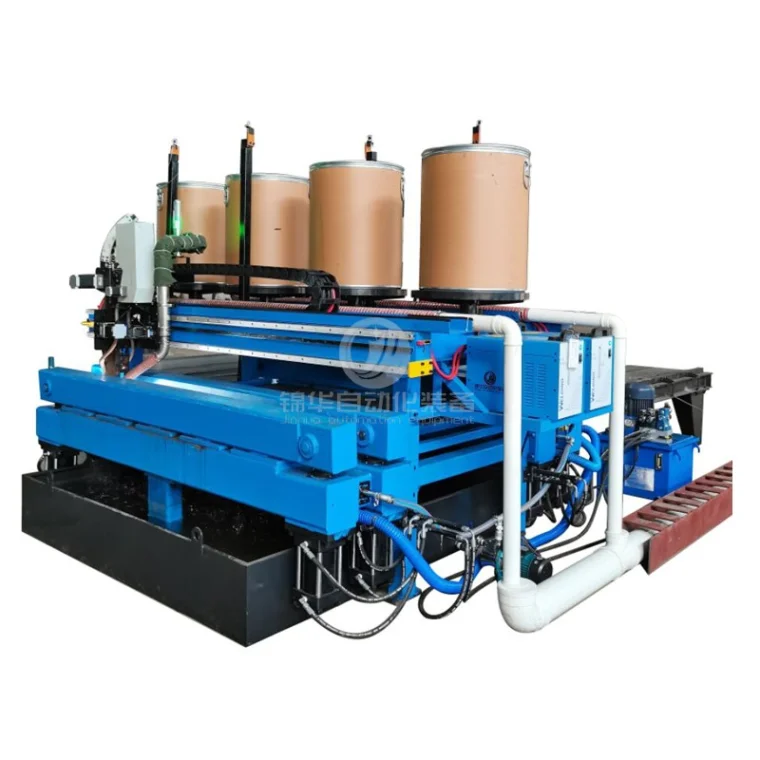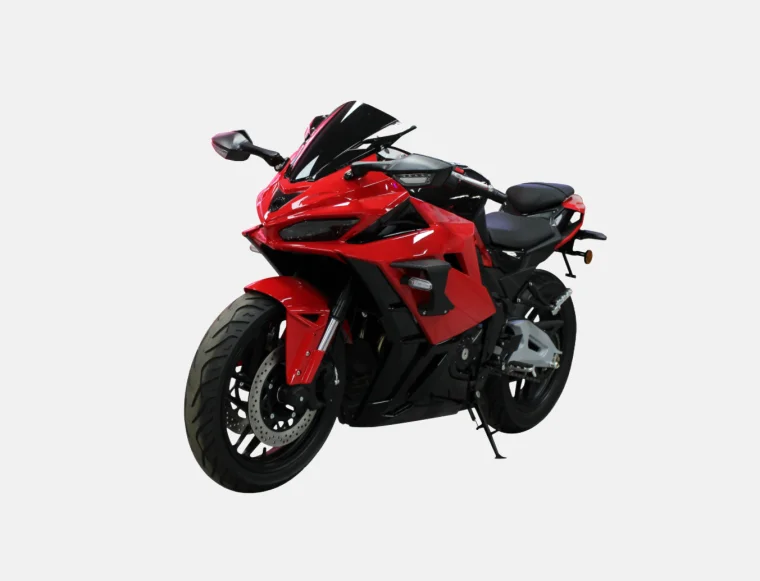In the quest for comfort and sustainability in our clothing choices, the importance of breathable fabrics cannot be overstated. As consumers become increasingly aware of the environmental impact of their purchases, the demand for natural, breathable materials has surged. This article delves into the best natural breathable fabrics available, exploring their properties, benefits, and ideal applications, while also considering their ecological footprint.
Understanding Breathability in Fabrics
Breathability refers to a fabric's ability to allow air and moisture to pass through it. This characteristic is crucial for maintaining comfort, especially in warm or humid conditions. Breathable fabrics help regulate body temperature and wick away moisture, reducing the likelihood of discomfort and skin irritation. When it comes to natural fabrics, several options stand out due to their inherent properties.
Top Natural Breathable Fabrics
- Cotton
- Properties: Cotton is one of the most widely used natural fibers. Its soft texture, durability, and excellent moisture-wicking capabilities make it a popular choice for casual wear and undergarments.
- Benefits: Cotton is hypoallergenic, making it suitable for sensitive skin. It also allows for good air circulation, keeping the wearer cool in hot weather.
- Sustainability: Organic cotton is a more sustainable option, as it is grown without harmful pesticides and requires less water than conventional cotton.
- Linen
- Properties: Linen, made from the flax plant, is known for its exceptional breathability and moisture-wicking properties. It has a unique texture that becomes softer with each wash.
- Benefits: Linen is highly absorbent and dries quickly, making it ideal for summer clothing. Its natural luster and drape add an elegant touch to garments.
- Sustainability: Flax requires minimal water and pesticides, making linen a more eco-friendly choice compared to many synthetic fabrics.
- Hemp
- Properties: Hemp fabric is incredibly strong and durable, yet it remains lightweight and breathable. It has natural antibacterial properties, which can help reduce odor.
- Benefits: Hemp is excellent for outdoor wear due to its UV resistance and moisture-wicking capabilities. It also becomes softer with each wash, enhancing comfort over time.
- Sustainability: Hemp is one of the most sustainable crops, requiring little water and no pesticides. Its cultivation also improves soil health.
- Bamboo
- Properties: Bamboo fabric is derived from the pulp of the bamboo plant. It is soft, silky, and has natural antibacterial properties, making it a popular choice for activewear and undergarments.
- Benefits: Bamboo is highly breathable and moisture-wicking, keeping the body cool and dry. It also has a natural sheen that gives it a luxurious feel.
- Sustainability: While bamboo itself is a sustainable resource, the process of turning it into fabric can involve chemicals. Look for brands that use eco-friendly methods for processing bamboo.
- Tencel (Lyocell)
- Properties: Tencel is a brand name for lyocell, a fiber made from sustainably sourced wood pulp, primarily from eucalyptus trees. It is known for its softness, breathability, and moisture management.
- Benefits: Tencel is biodegradable and has a smooth surface that is gentle on the skin. It is also highly absorbent, making it ideal for activewear and sleepwear.
- Sustainability: The production process of Tencel is closed-loop, meaning that the solvents used are recycled, minimizing environmental impact.
Choosing the Right Fabric for Your Needs
When selecting a breathable fabric, consider the following factors:
- Climate: In hot and humid climates, lightweight fabrics like linen and cotton are ideal. For cooler temperatures, consider layering with breathable materials that provide insulation.
- Activity Level: For activewear, moisture-wicking fabrics like bamboo and Tencel are excellent choices. For everyday wear, cotton and linen offer comfort and style.
- Skin Sensitivity: If you have sensitive skin, opt for hypoallergenic fabrics like organic cotton or bamboo, which are less likely to cause irritation.
Conclusion
In conclusion, the best natural breathable fabrics combine comfort, functionality, and sustainability. Cotton, linen, hemp, bamboo, and Tencel each offer unique benefits that cater to various needs and preferences. As consumers, making informed choices about the fabrics we wear not only enhances our comfort but also contributes to a more sustainable future. By prioritizing natural, breathable materials, we can enjoy the best of both worlds: style and environmental responsibility.




More Stories
Sneaker Care for Beginners: Simple Steps to Make Your Shoes Look Like New
Chunky Shoes for Small Feet: Finding the Perfect Fit
Synthetic Imitation Leather Fabric Benefits, Uses & Buying Tips